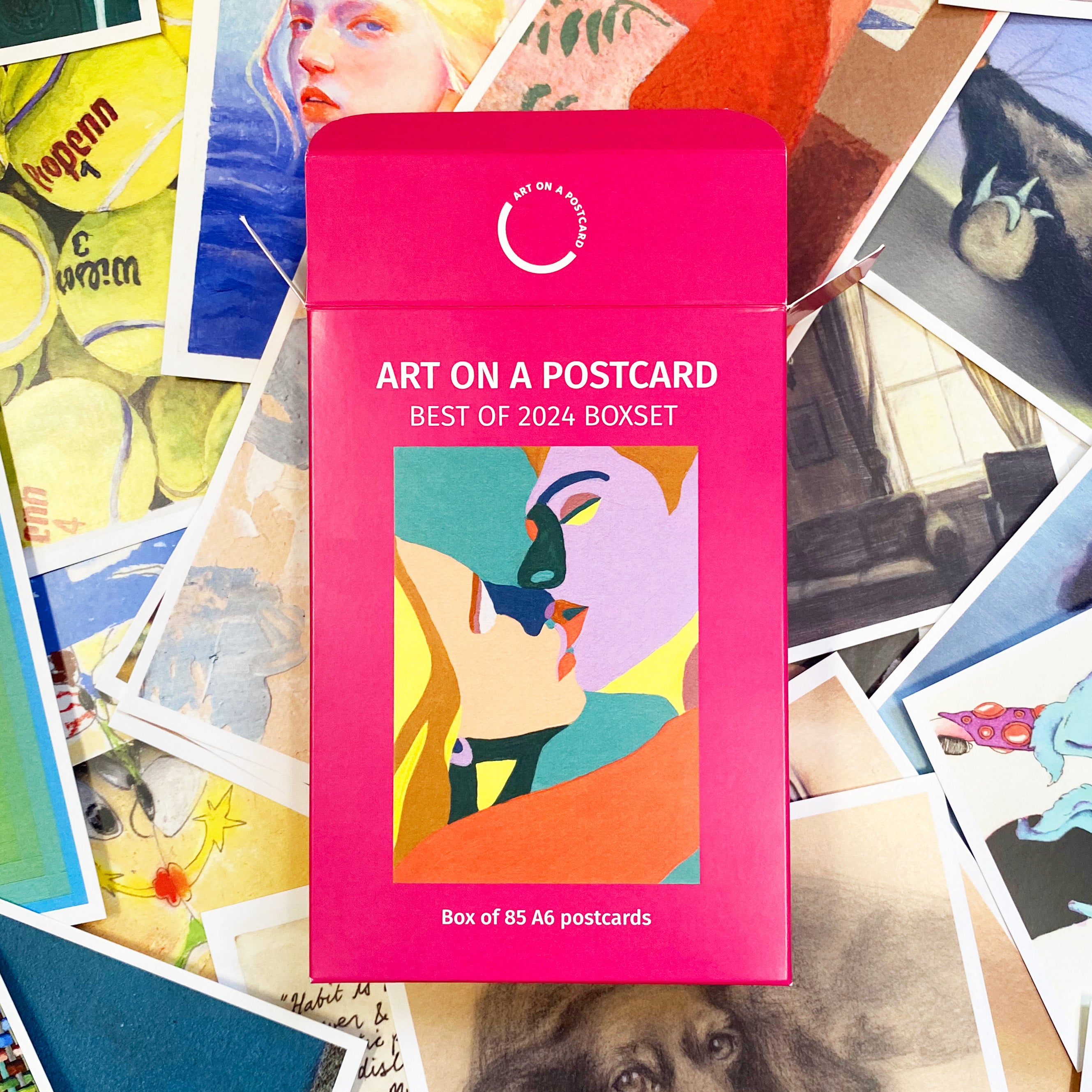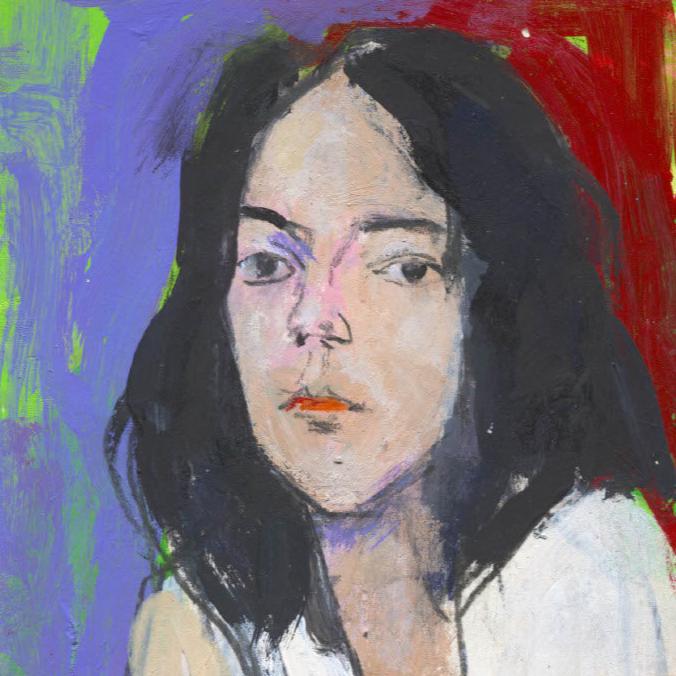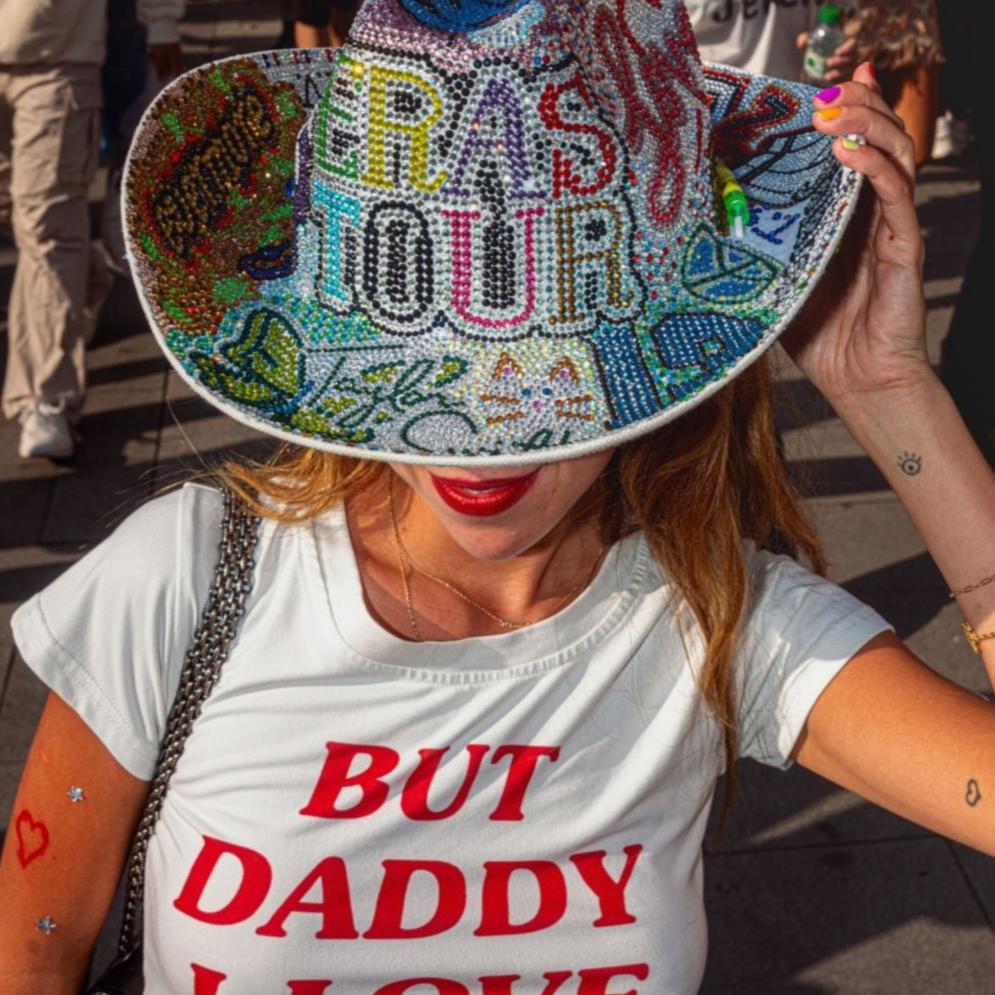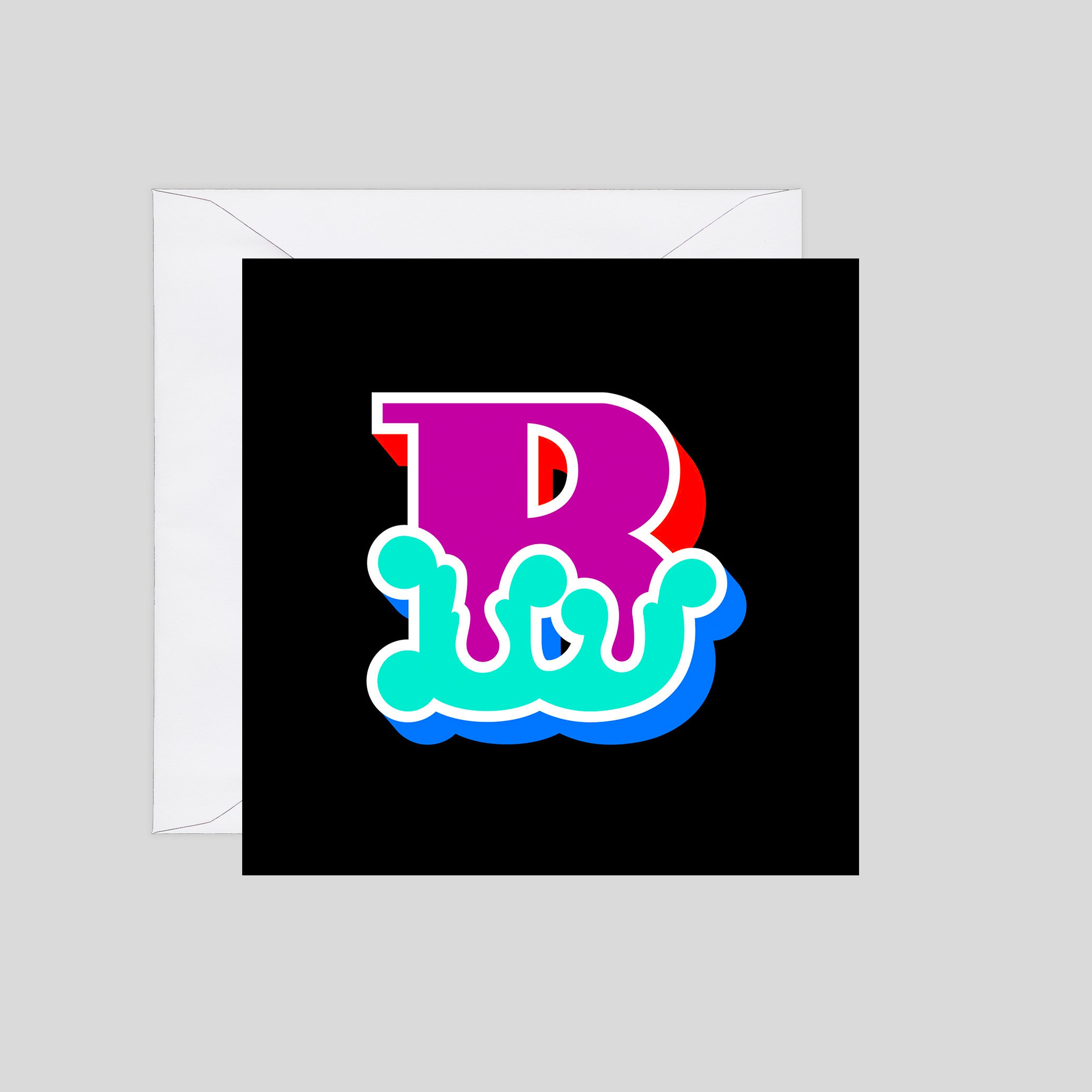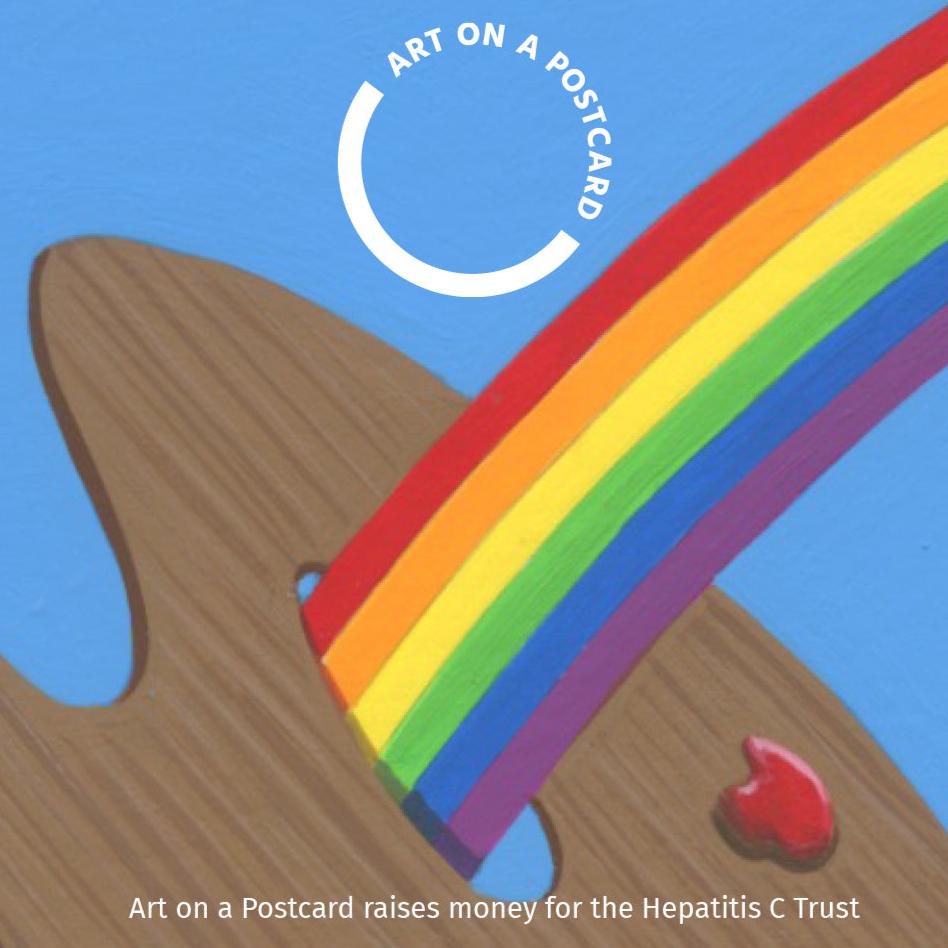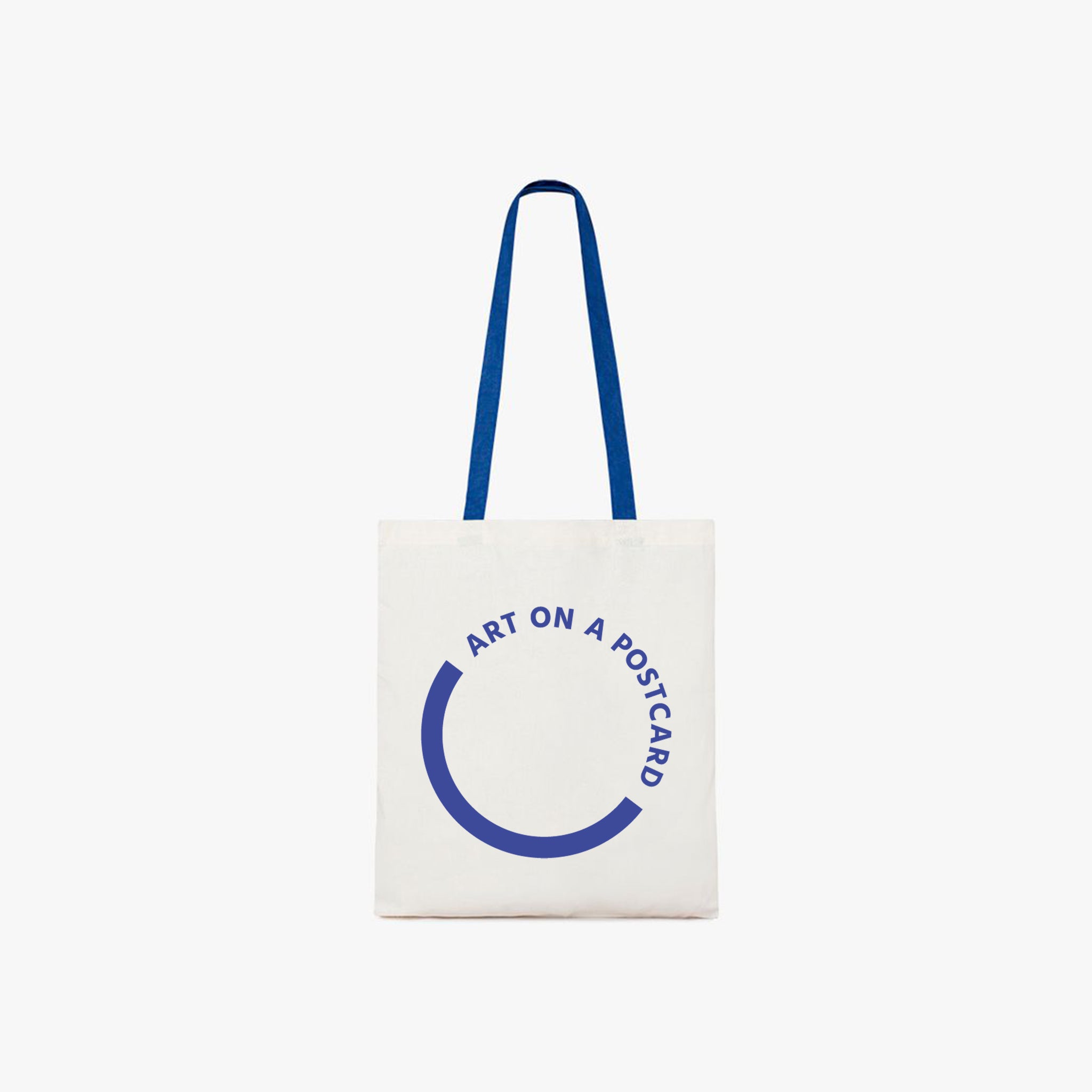Hanna ten Doornkaat’s work is an ongoing investigation of the meaning and concept of painting versus drawing. Her works on wood panels are defined by a complex process of repetitive mark making and erasure, of revealing and concealing. Layers bear witness to the tension between silent contemplation and the cacophony of modern life, the spaces between as noteworthy as the lines themselves. Initially trained in sculpture, ten Doornkaat not only questions the purity of abstracted lines and shapes, but also challenges the boundaries between two and three dimensions.
Why did you want to guest curate for Art on a Postcard?
I felt truly honoured to have been invited to guest curate for Art on a Postcard not only to support a cause I deeply believe in, but also to celebrate the work of artists I admire. Curating this event allowed me to bring together voices and visions that resonate with both the mission of the project and my own creative values.
Art on a Postcard plays a key role in raising funds and awareness for The Hepatitis C Trust. What makes you want to help fundraise for the charity?
In the current climate it is our duty to help in whatever possible way we can to help people. I have heard from a number of artists I know that they had suffered from hepatitis C and who found it a very unpleasant experience.
What were the key things you were looking for when selecting your artists for this auction?
I wanted to bring together a few artists I know and whose works I admire and to give the chance to a wide audience to acquire a small ‘treasure’.
Do you think it is a challenge for artists taking part to work on such a small medium?
Not many artists choose to work on such a small scale, and it can be a challenge—but that’s not necessarily a bad thing. Challenges often push us to rethink our approach, and what comes out of that process can open up entirely new creative avenues. Interestingly, smaller artworks have become increasingly popular in recent years.Personally, I often prefer working small. I believe it encourages the viewer to engage more closely with the piece, allowing them to discover intricate details or unexpected elements. There's one artist in my selection, Andy Black, who regularly creates works as small as A7—and I absolutely love them.
What do you hope people take away from the Summer Auction?
Most importantly I hope that there will be some lucky people who get their hands onto a small work by an artist they admire but couldn’t afford under normal circumstances.
Do you think this auction format supports/impacts emerging artists?
Auctions can be a powerful platform for artists—especially those who are just starting out—to gain visibility and reach a much wider audience. Being included in an auction not only introduces their work to new collectors, curators, and galleries, but it can also add credibility and momentum to their career. For emerging artists, this kind of exposure can be a crucial stepping stone, helping to build their reputation and open doors to future opportunities in the art world.
What advice would you give to someone buying their first piece of art?
I would always go with my gut feeling which is usually the first one that stands out for you. Never go for a name.
How does a small-scale format like this appeal to new collectors?
As always, it's that first moment—when you see a work and instantly fall in love with it—that really stays with you. A few years ago, I bought a very small piece by a young artist who had just graduated from art school. When it arrived, I was completely surprised. As I unwrapped layer after layer of packaging, I discovered the artwork was barely bigger than a postage stamp—absolutely hilarious!Would I sell it? Absolutely no way!
Do you think there is a shift in how people are choosing to build their collections?
There has definitely been a shift in how both new and seasoned collectors build their collections. Many now purchase art online or at art fairs, which has contributed to the growing number of galleries closing their physical spaces and moving to online exhibitions. This approach is often more cost-effective than maintaining a gallery and paying high business rates. I believe there are more changes ahead, and artists will need to become increasingly savvy—finding new ways to showcase their work beyond the traditional gallery model.

